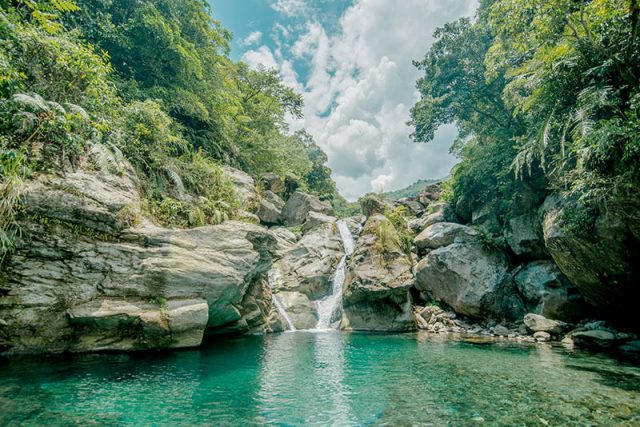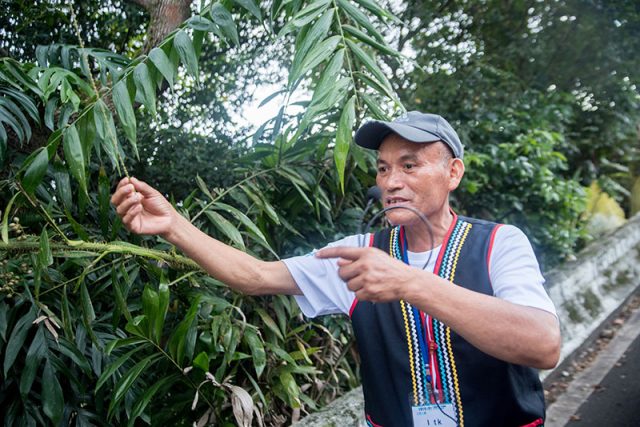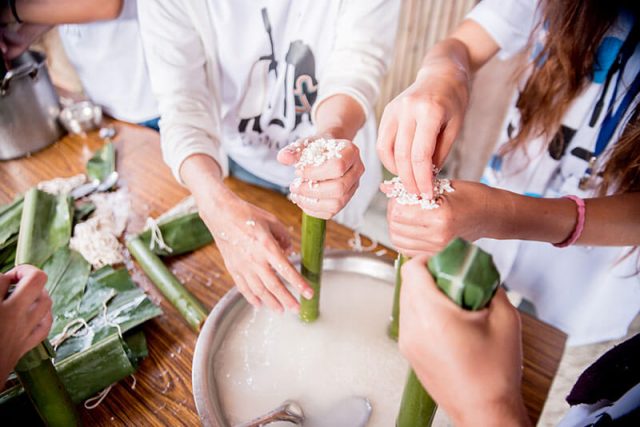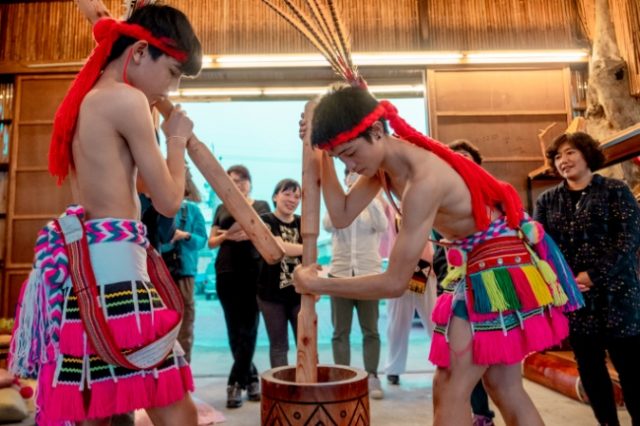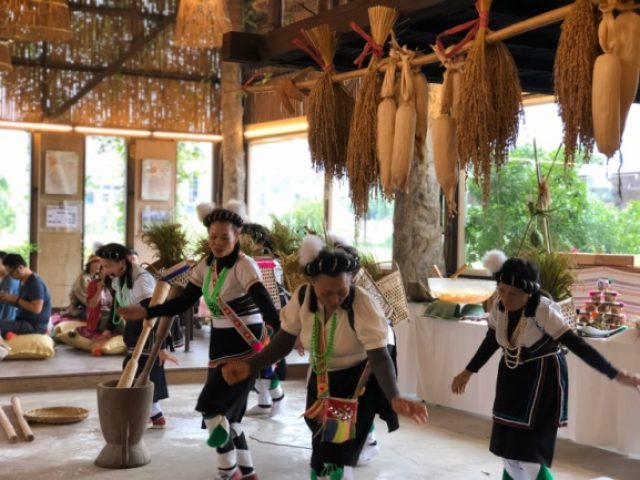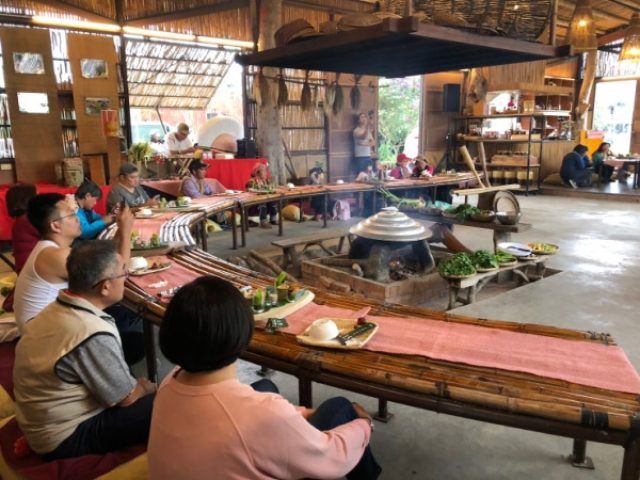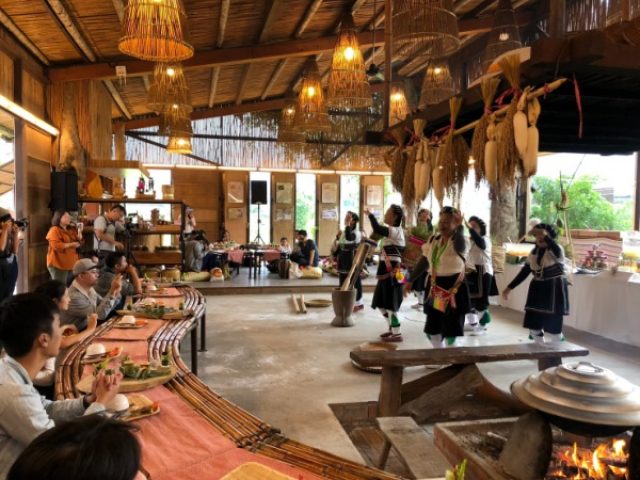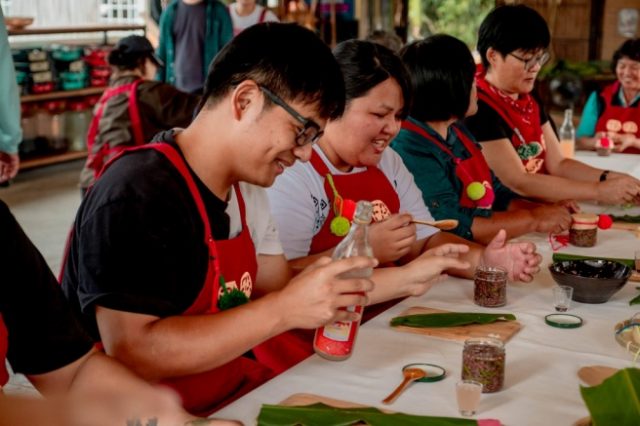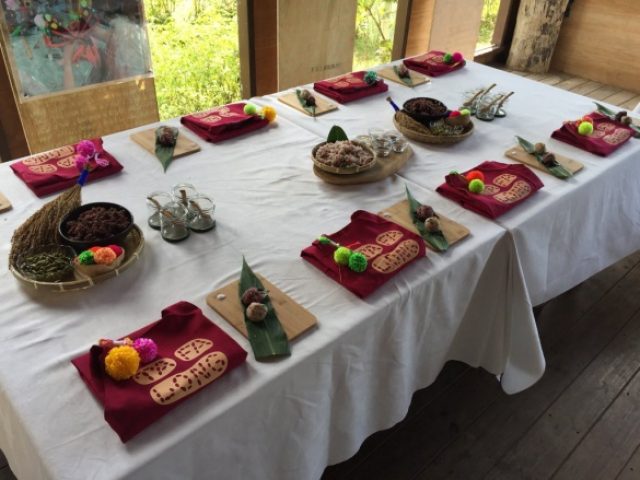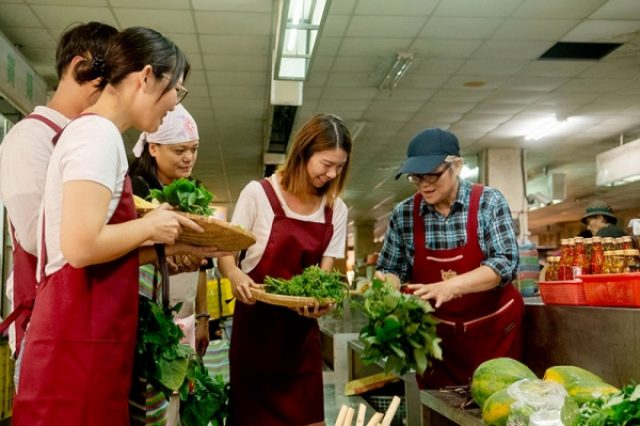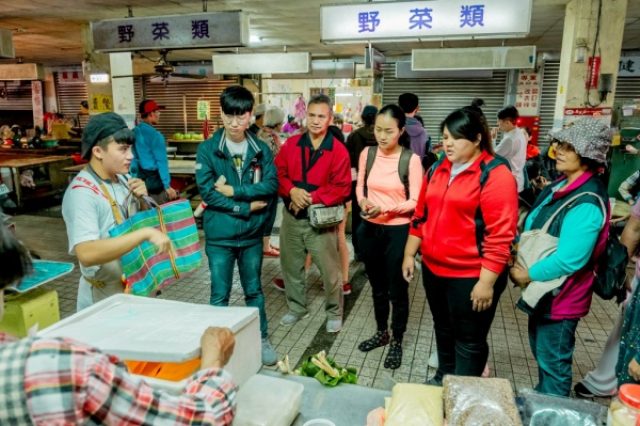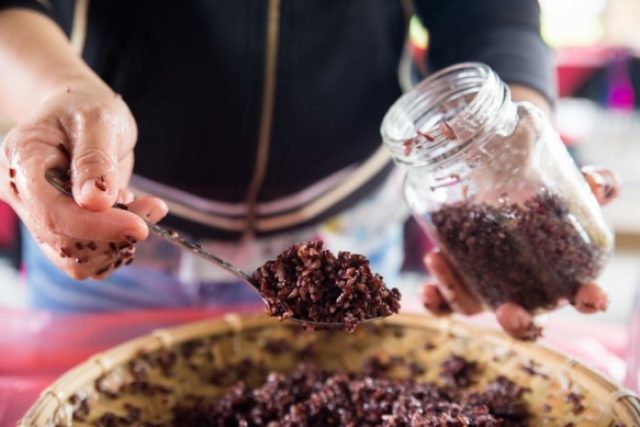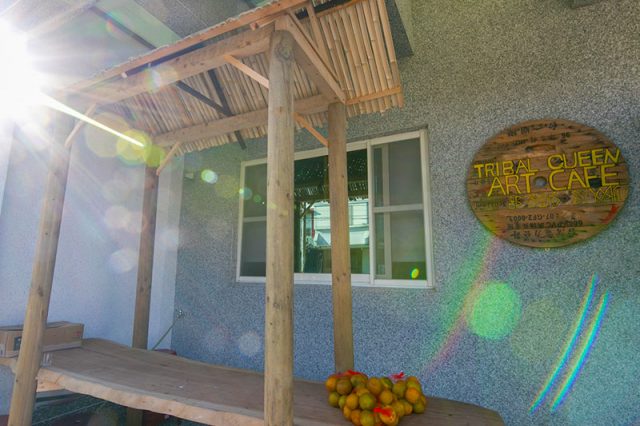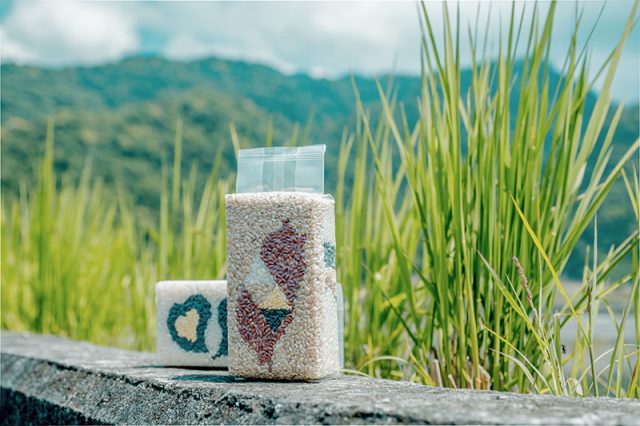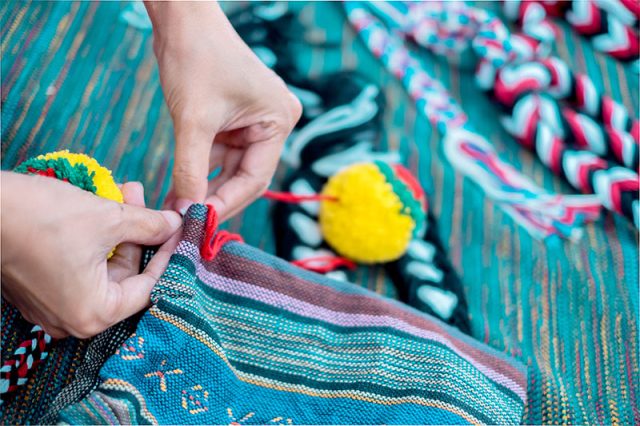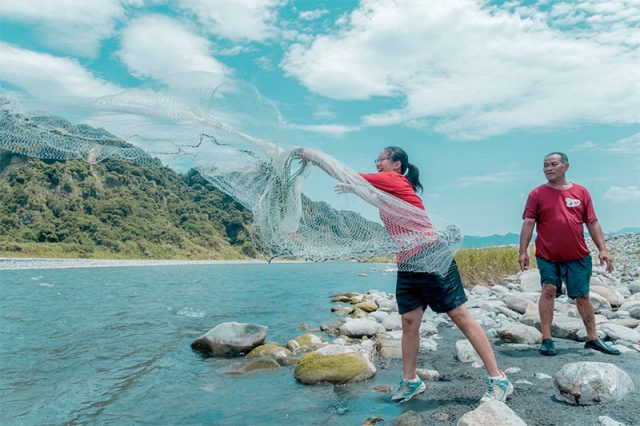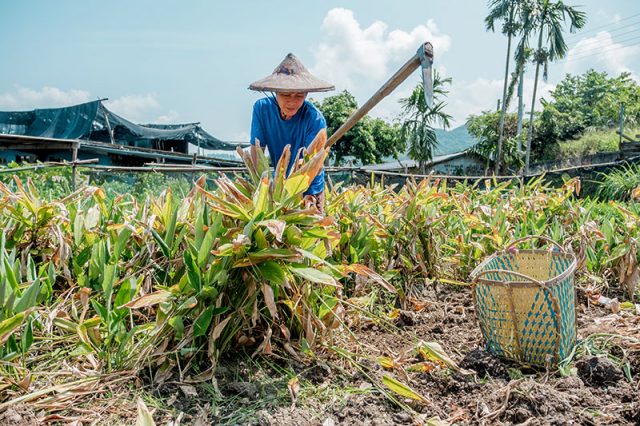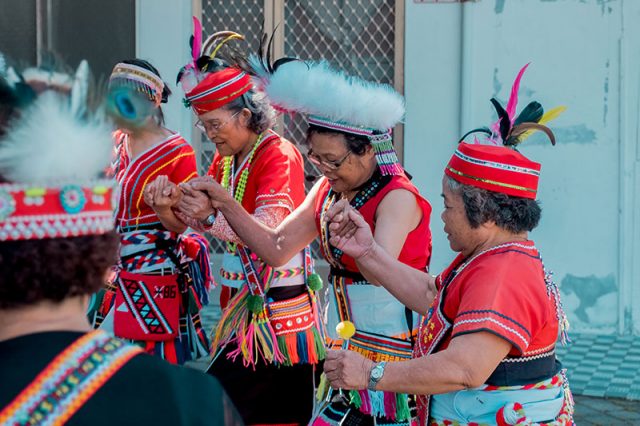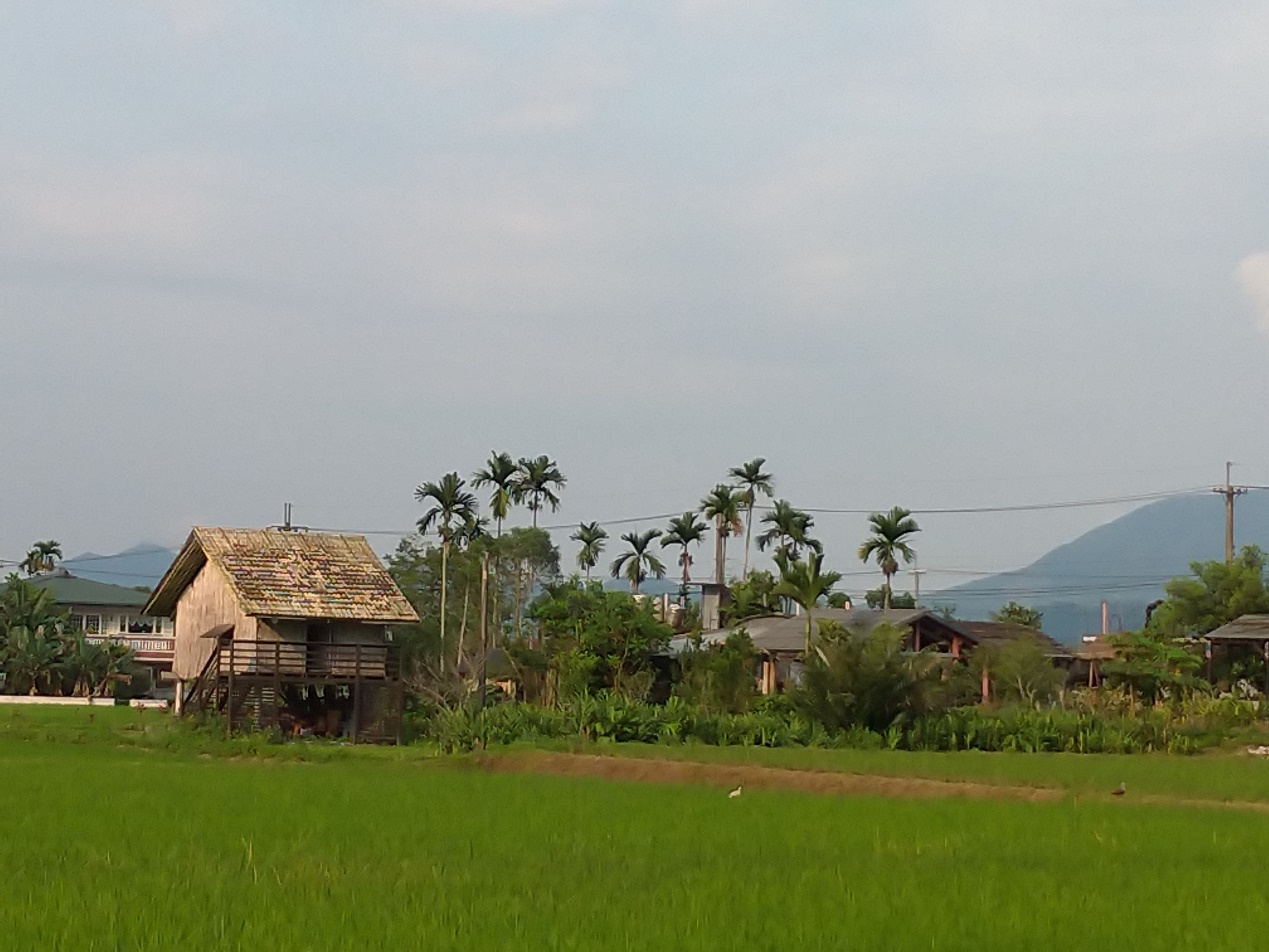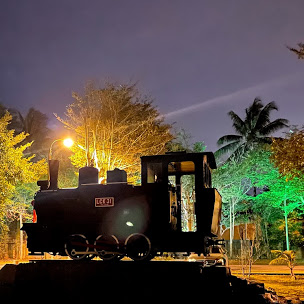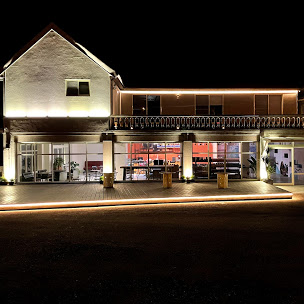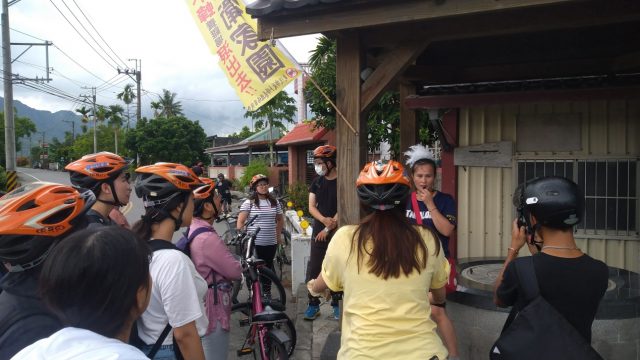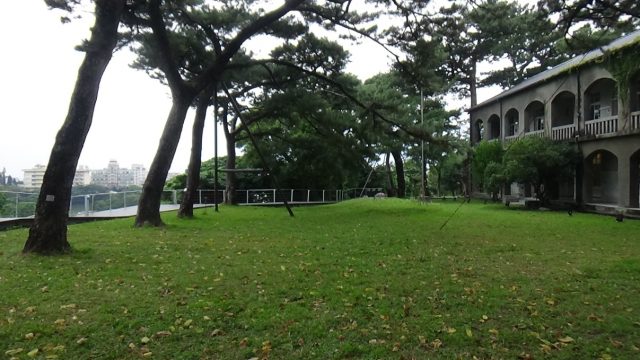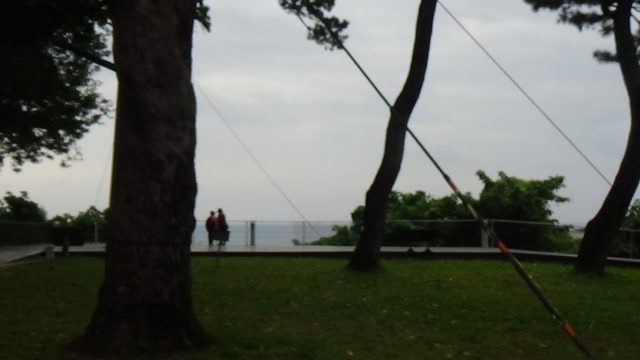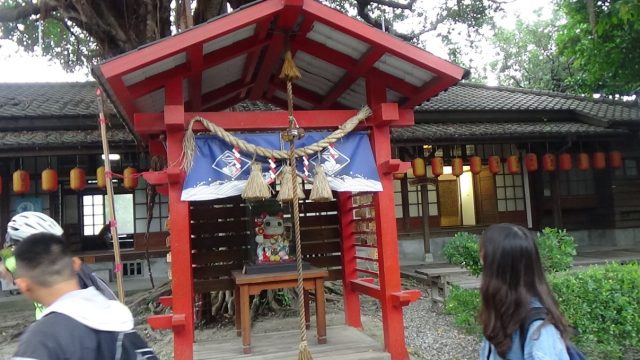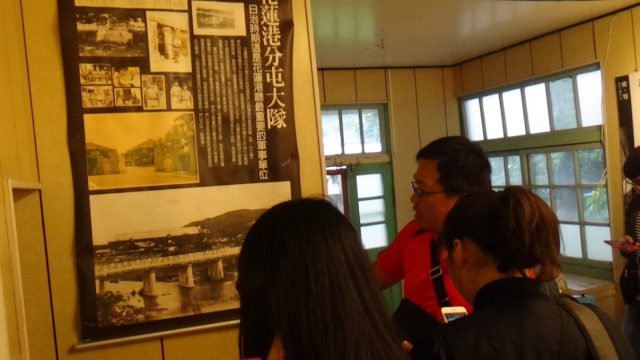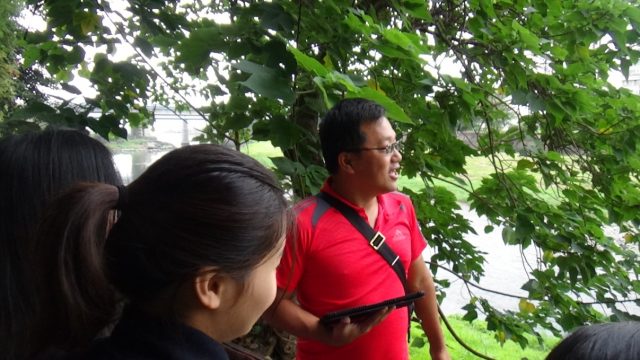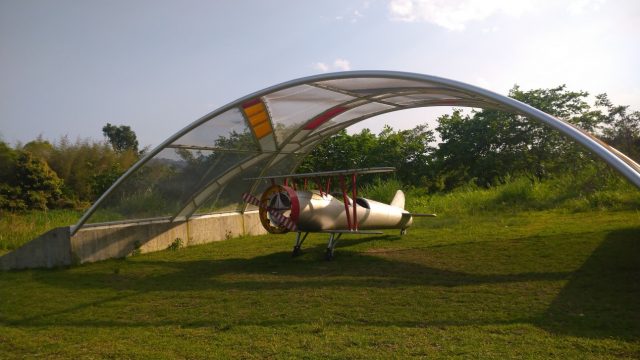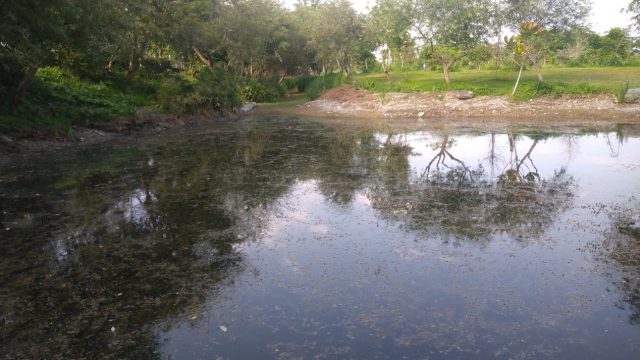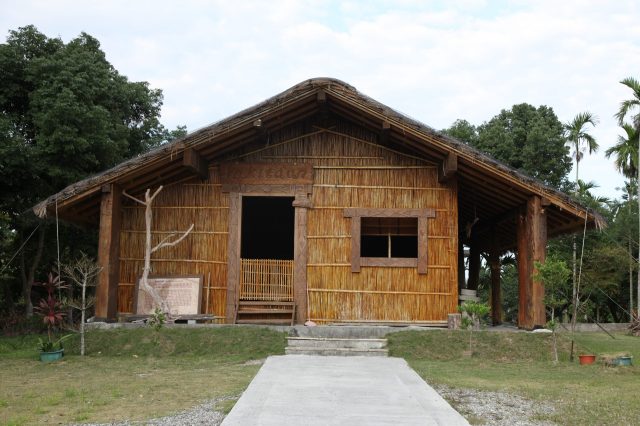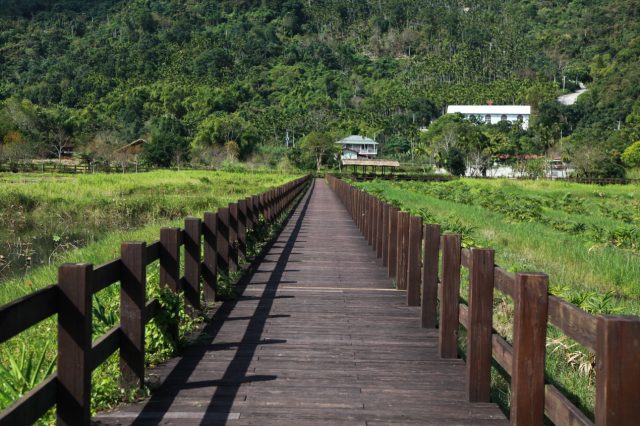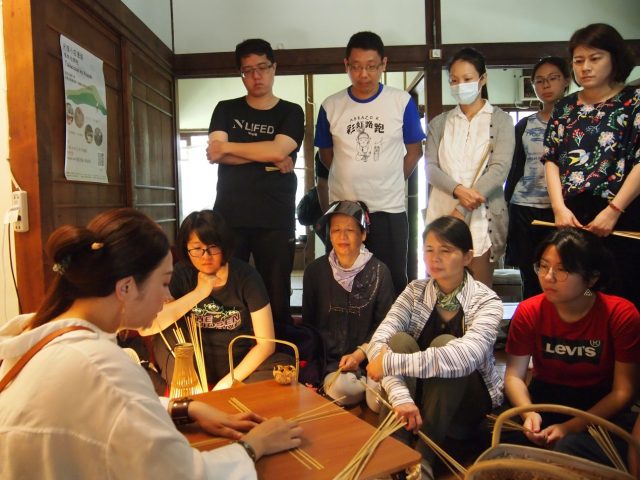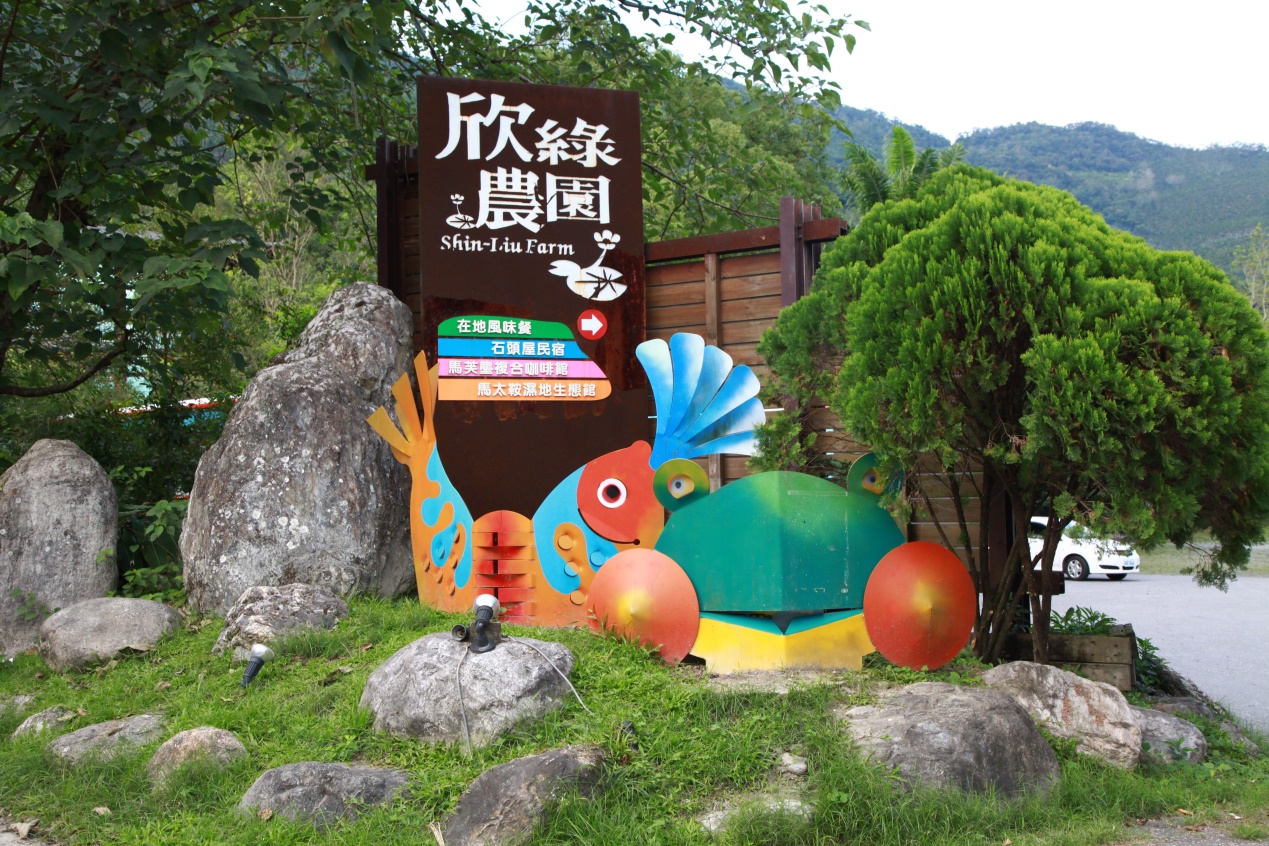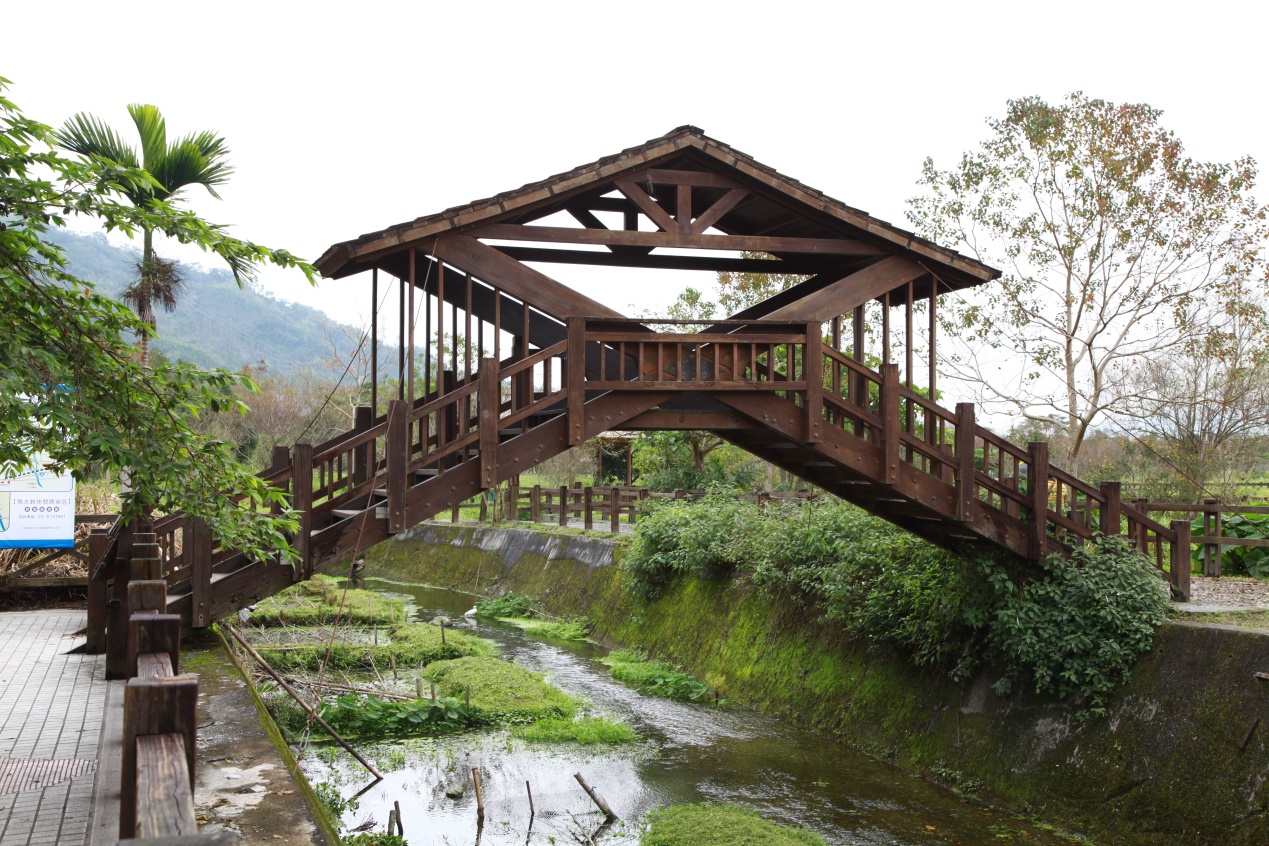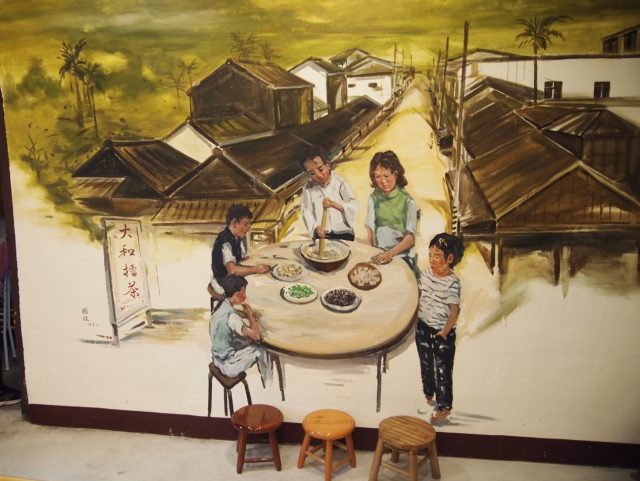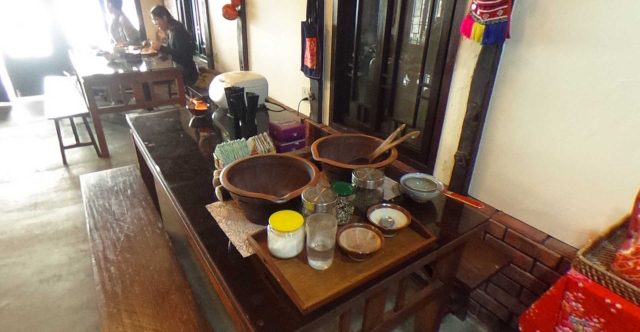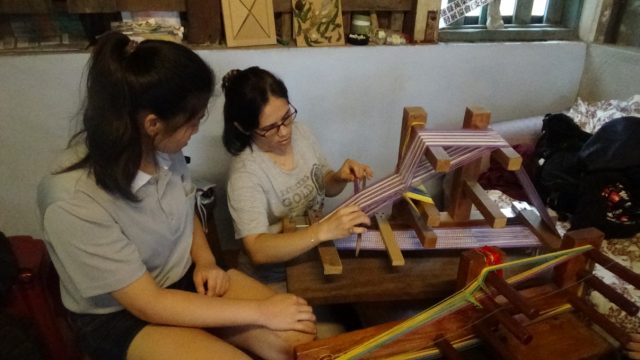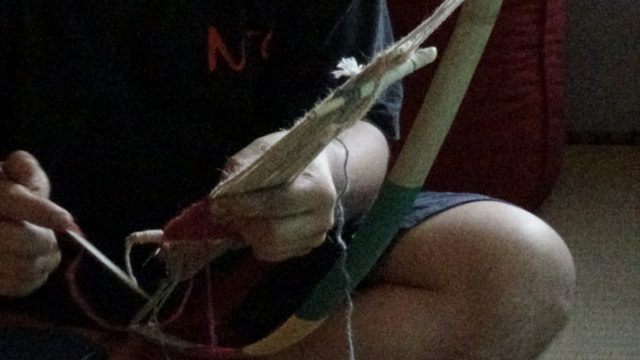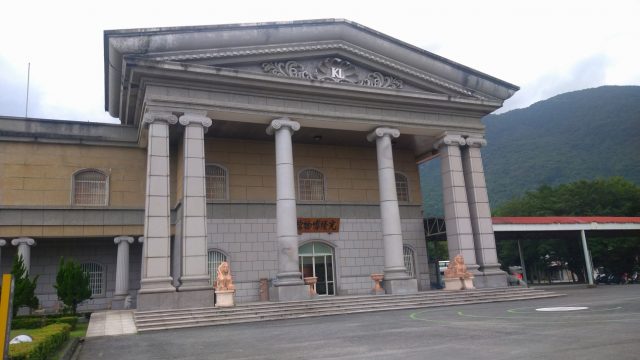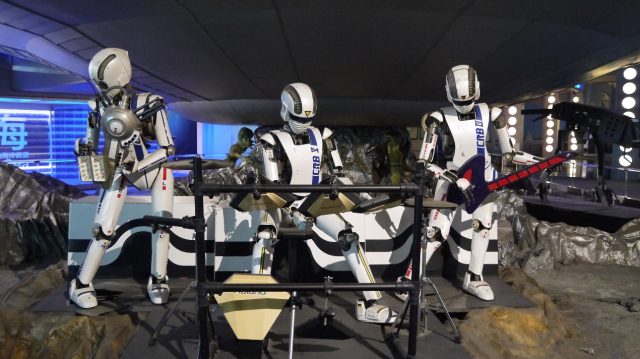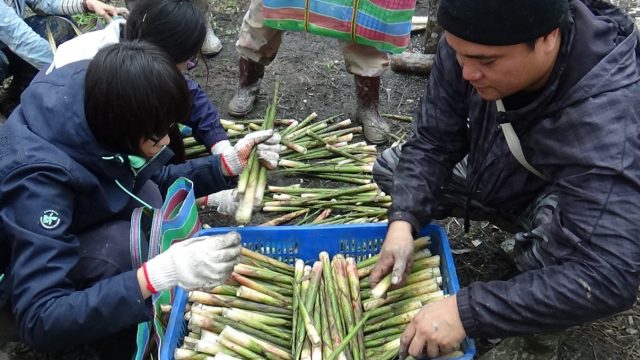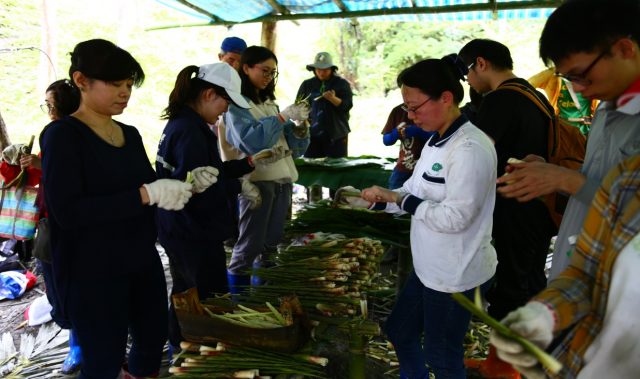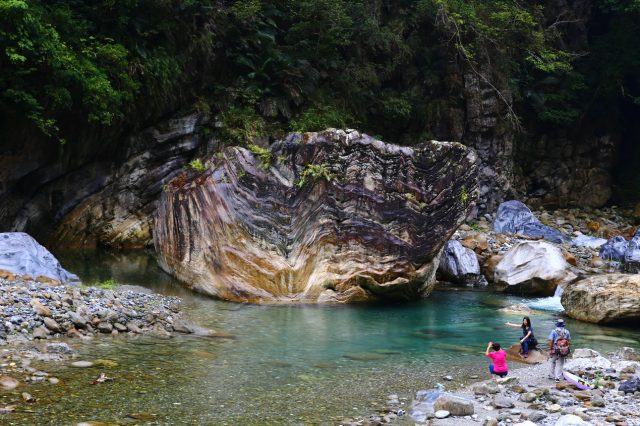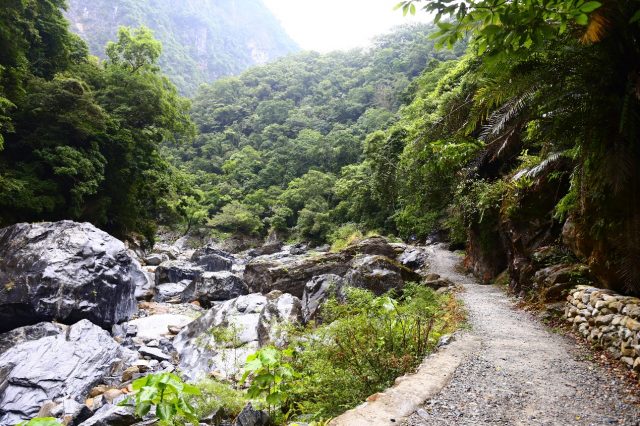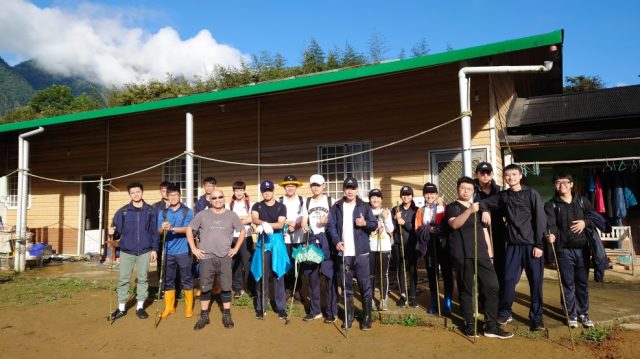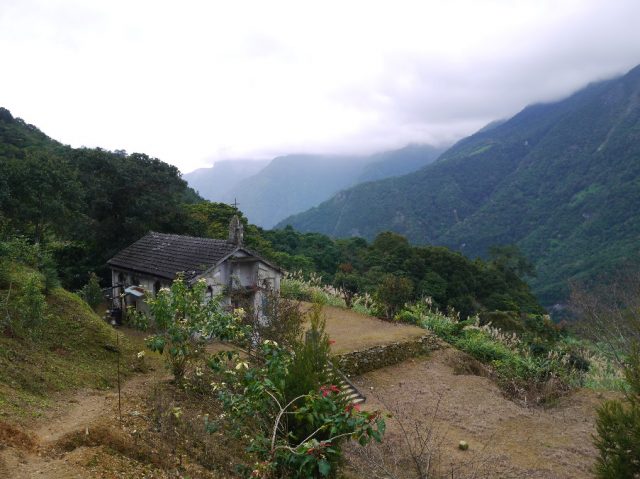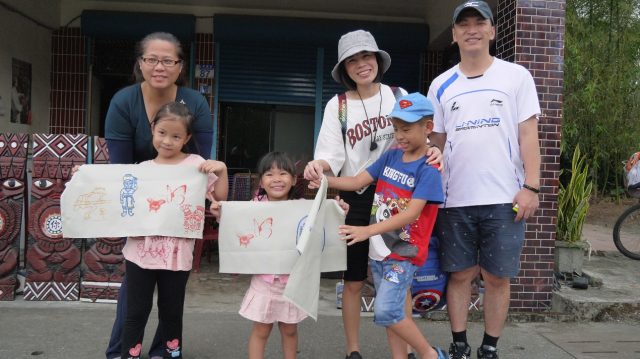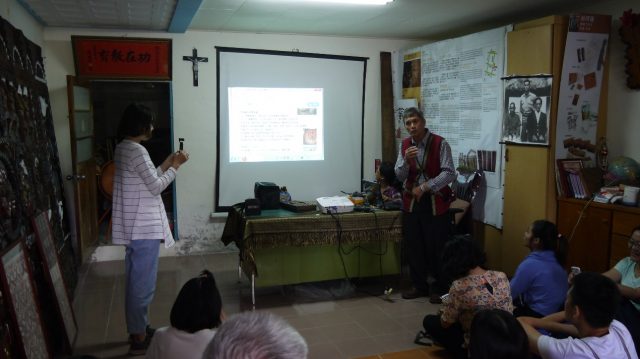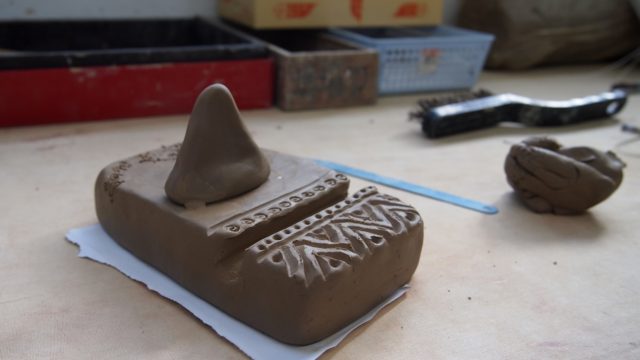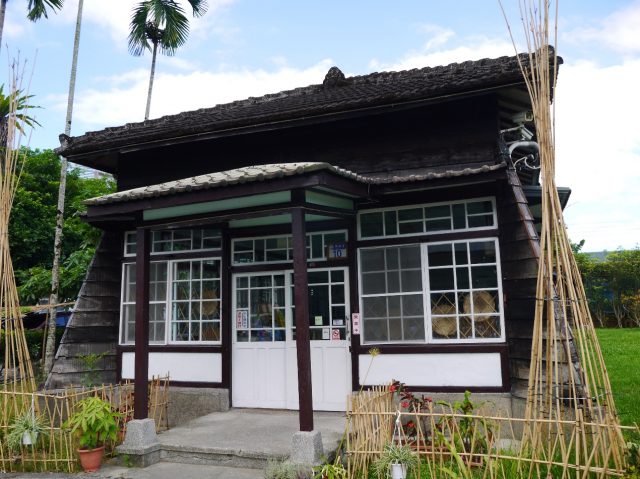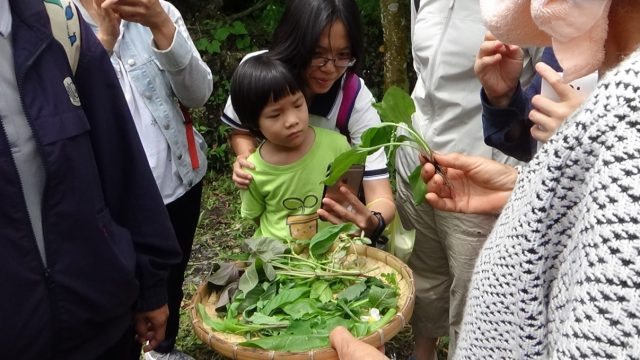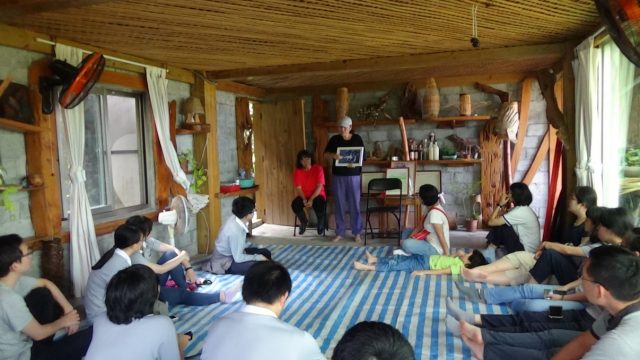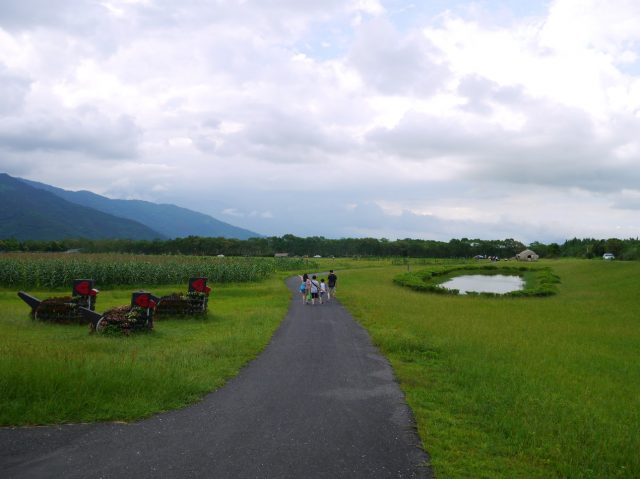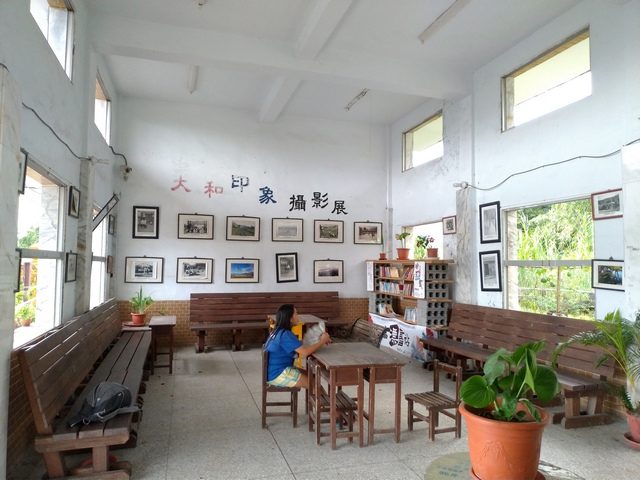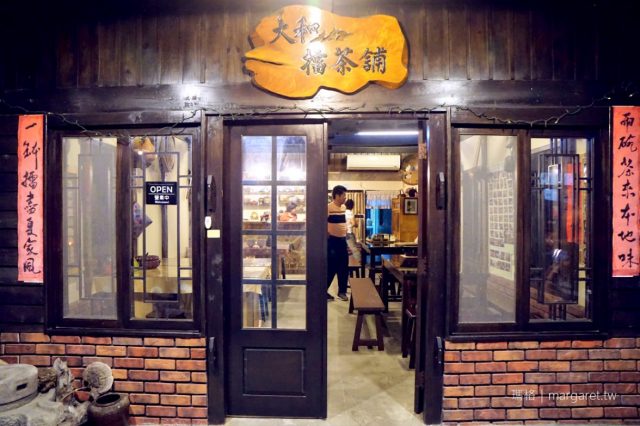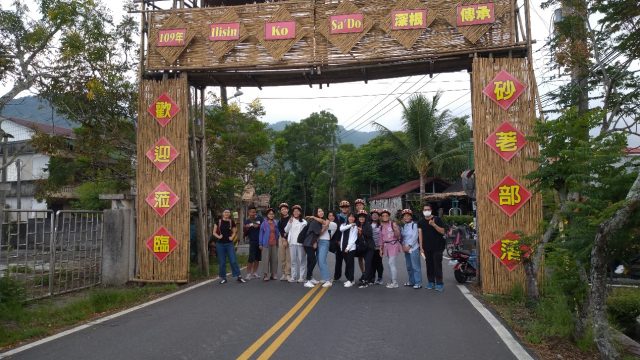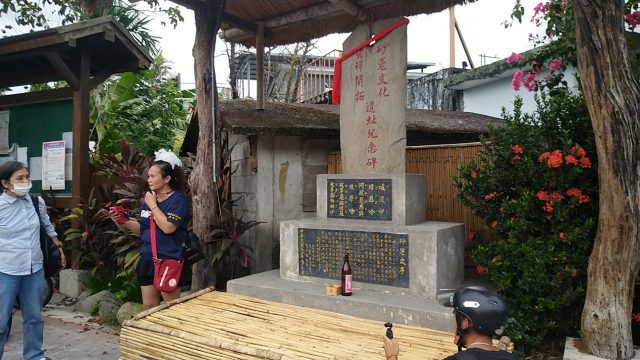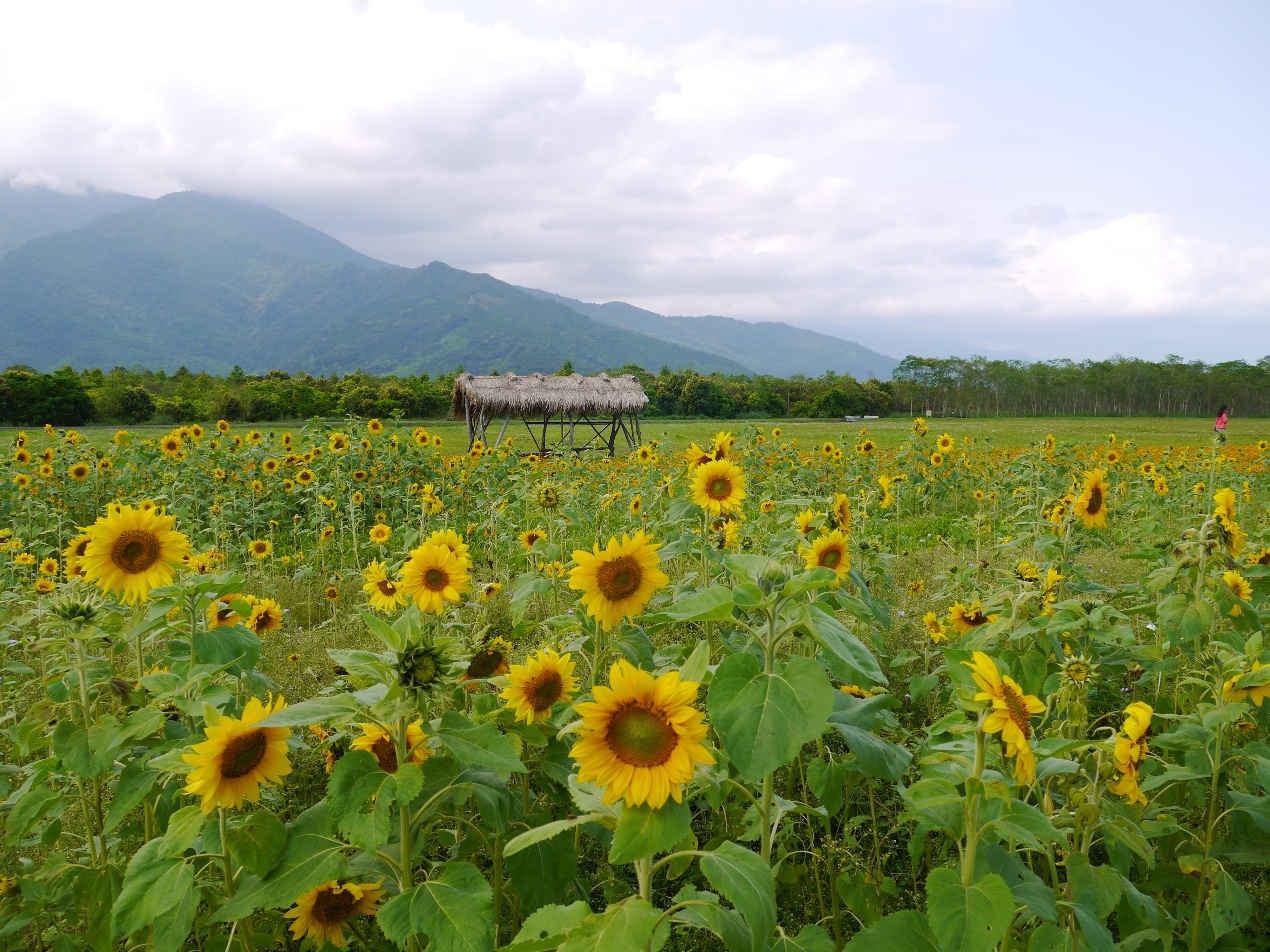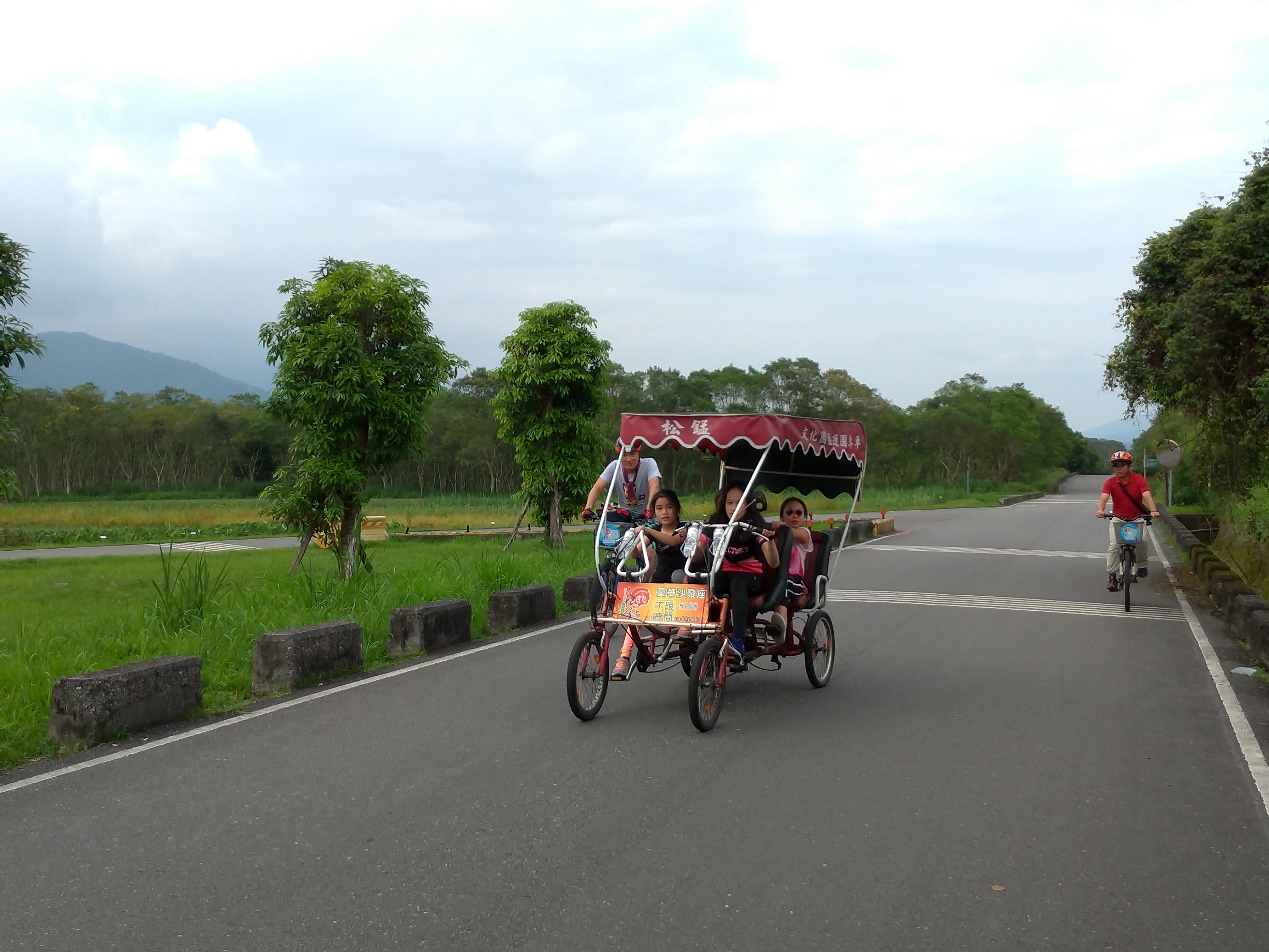GF05
[Loma ni futing Workshop] Amis Traditional Costume Experience
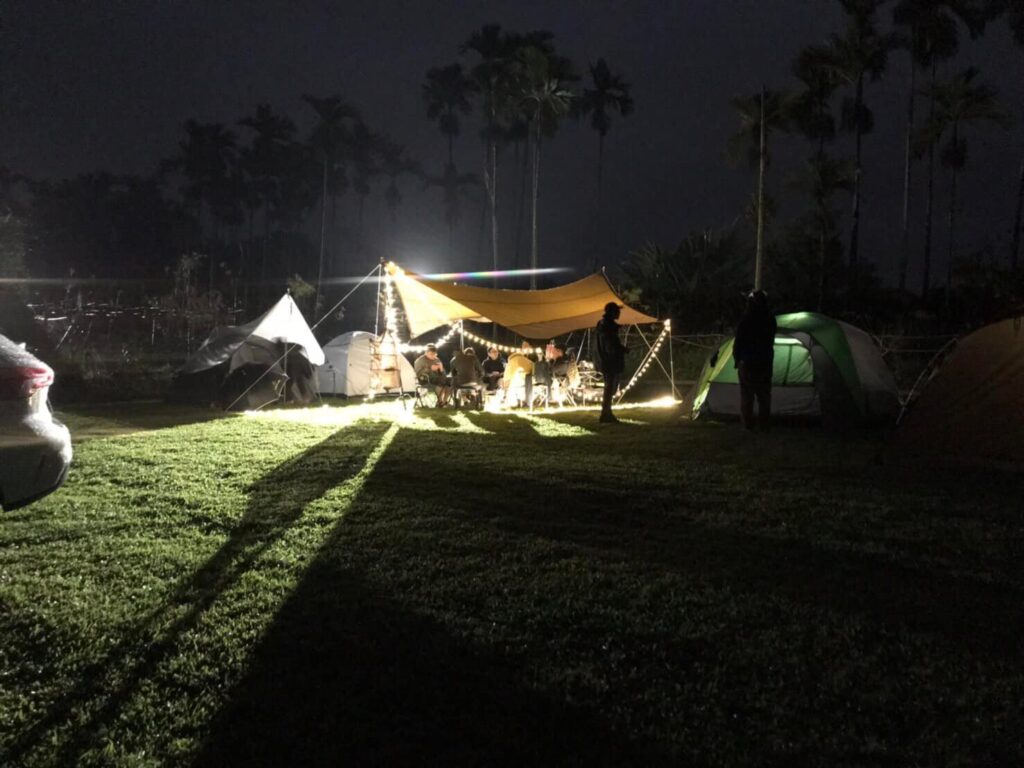
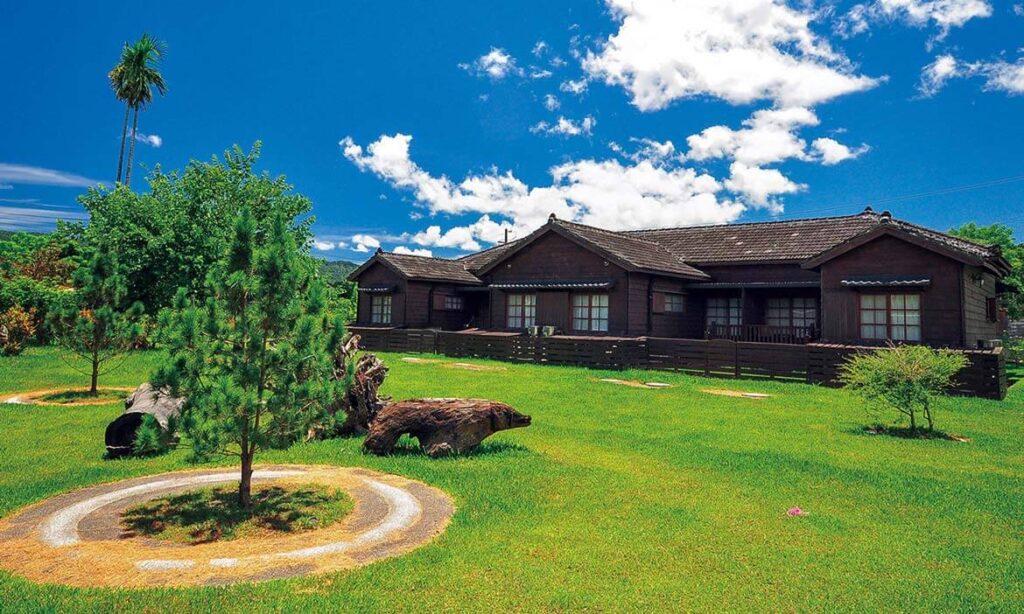



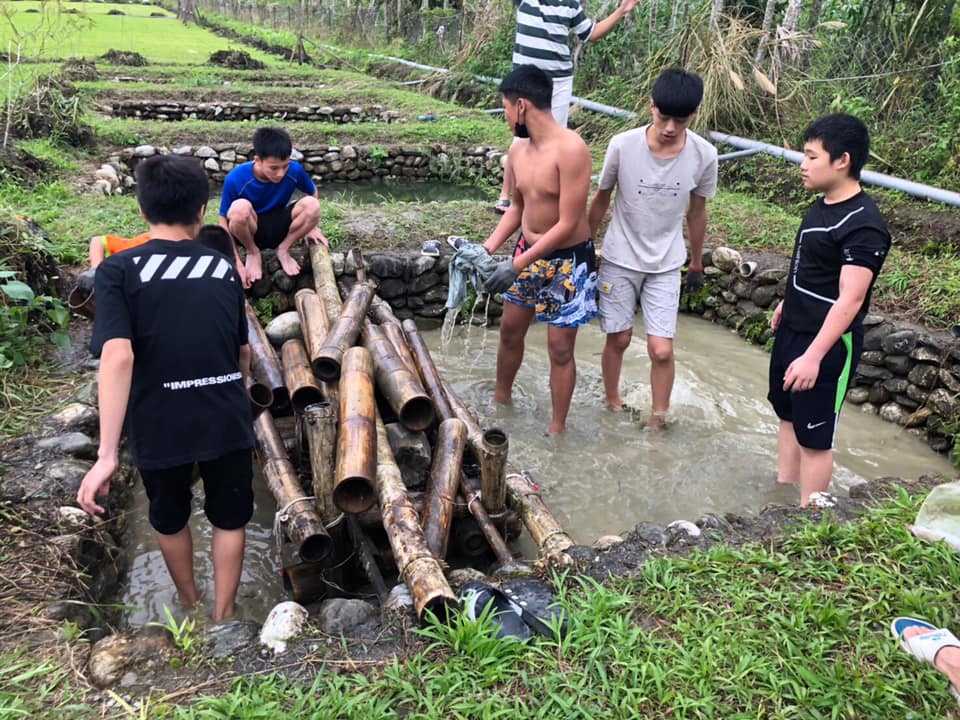
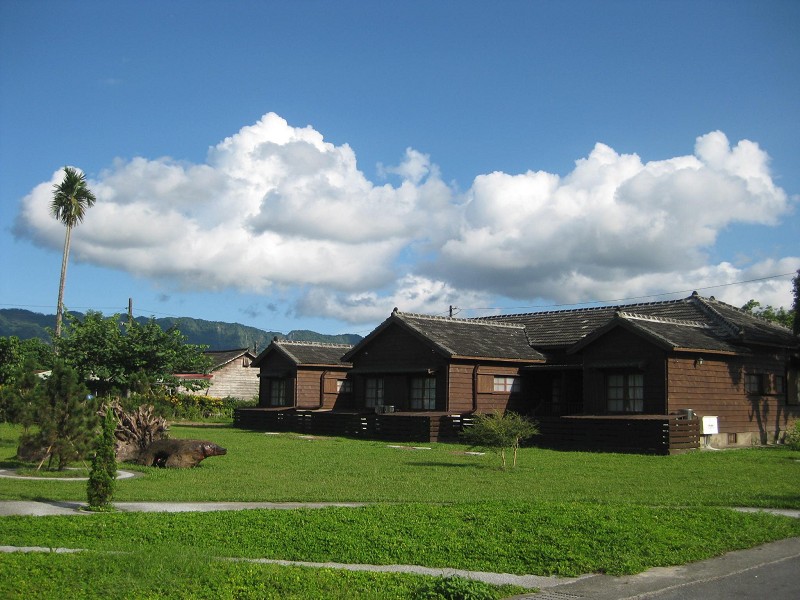
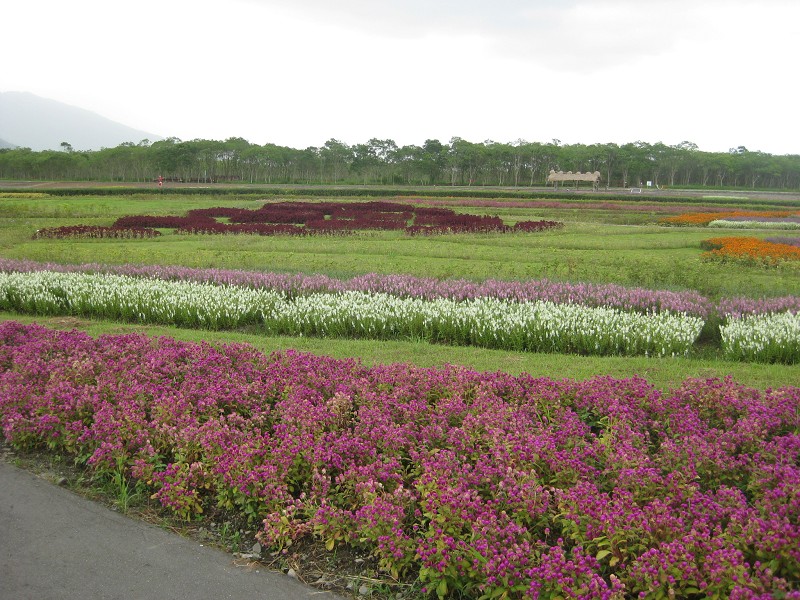
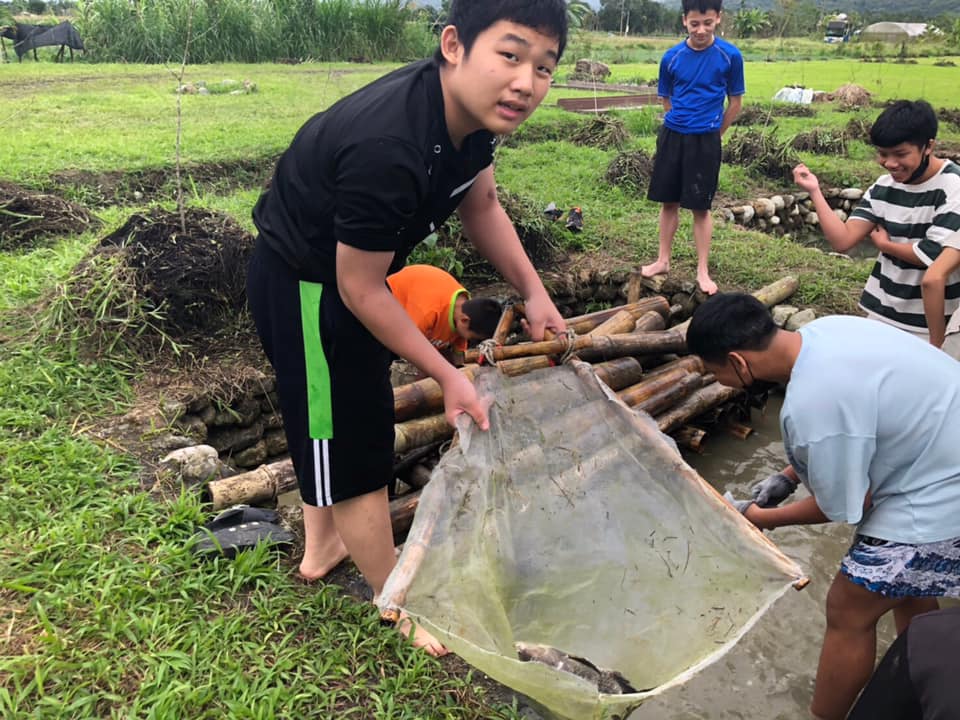
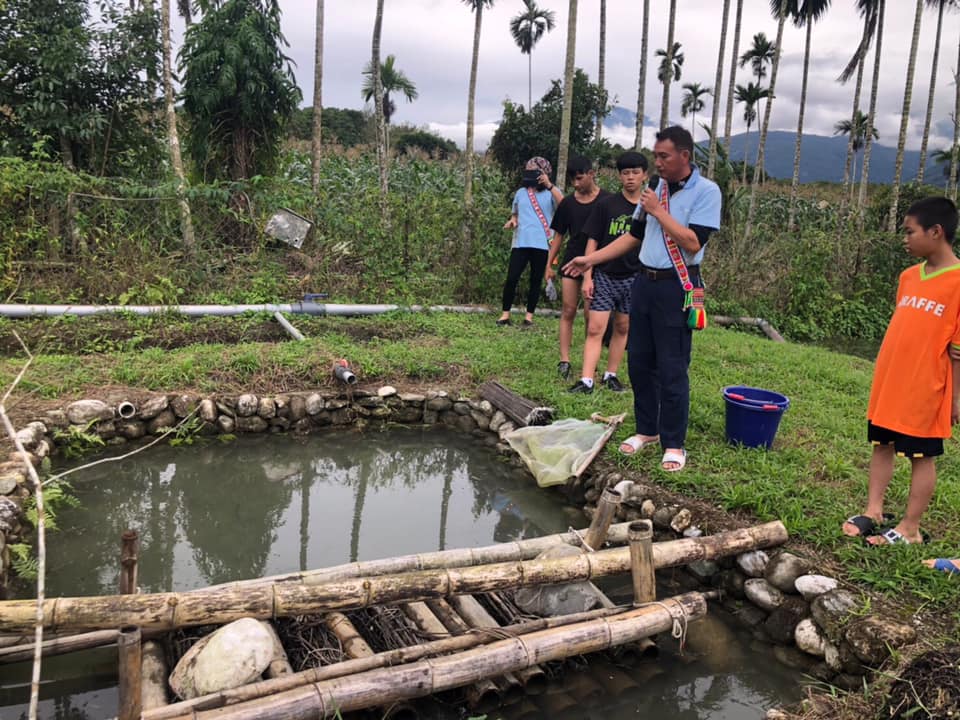
Guangfu Township
The land area is about 158 km2, the population is more than 12,000, and the population density averages 78 people per km2. The uniqueness of this township include Amis Fata’an culture, Amis Afalong culture, sugarcane culture, Oryza sativa (Asian rice), red glutinous rice, black glutinous rice, arrow bamboo shoots, betel nuts, tree peas, lotus buckwheat (fire onion), ice products, wood carving, weaving , coffee… etc.
Tour Highlights
- Local Experts Brings You Into The World of Amis's Culture and Experiencing Traditional Culture

The Amis
The Amis are mainly distributed in Hualien, Taitung and near the Xiuguluan River on the Route 11 Highway. Guangfu Township, Hualien County, has preserved a very traditional Amis culture due to its geographical location. They call themselves “people who eat greens”, they consume a lot of wild vegetables, and this is why they have developed a unique food culture. Nowadays, varieties of Amis wild vegetables dishes have developed into delicacies in urban restaurants.
In Guangfu First Market, we will see types of familiar vegetables, as well as many strange but interesting plants. Through the explanation of the local wild vegetable expert, we can understand the relationship between these wild vegetables and the local tribes, the significant cultural heritage, story, and the way of cooking.

Amis Traditional Costume
In most people’s impression, Amis’ costumes are mostly in black, white and red. Sally Li also once mentioned that most of the costumes of Northern Amis are in black, white, and red in her journal(1998:309). There’s a concept that needs to be corrected. Everyone has a great misunderstanding of the so-called “clan costume”. People always acknowledge them as an unite wearing of a clan or family, but that is known as “uniform”. A real “clan costume” is a wearing which people in the same area, under the common aesthetic perception, wear similar clothes, but they can also see the differences and uniqueness of individuals, families, and status.
It is recorded that about 2 centuries ago, the Amis also uses bark as the material of clothing and accessories (Manli Ling, 1960:215). From some references, we know that the Amis had weaving technology before. However, they’ve early contact with the Han people (Chinese), enable them trading in more convenient and cheaper cotton cloth, causing the weaving technology to decline since long time ago. A Japanese Researcher once found that in 1913, there no many Amis who knows weaving according to his research (Sally Li, 1998:310). Therefore, most of the Amis costumes we see in the documents and photos collected are made of ready-made fabrics, and they are also traded with other aborigines, Chinese and Japanese.
This article will first introduce the headgears of the Amis, and then there will be other articles introducing clothes, accessories, etc.
The Amis male tiara has three functions (Sally Li, 1998:314):
- For work: rattan or leather as the main material
- As the representative of class: uses bird feathers for decoration, such as pheasant feathers
- Tiara of the leader: shell beads, boar’s teeth, feathers on the rattan hat
The tiaras and hats of each tribe will be different, but the decorations will not be very divergent. They are mostly vines, skins, shells, and bird feathers that can be collected easily as decorations. Some headgears is related to the dances. For example, some tribes will care whether the feathers can be swept to the ground when bending over and dancing, so as to express the ability of men.
There’s also accessories for the forehead. For example, ornaments strung together by shells, with shell beads in the middle, or with stones, animal bones and even fish bones, strung together with red cotton or wool strings. Unfortunately with the decline of hunting activities, it is almost impossible to use animal bones, and with the prevalence of plastics, almost all people see today are plastic decorations.
Not only shells and bones are used as decorations, but women also use forehead ornaments strung with copper or silver pieces, those silver pieces are often made of silver coins. There are also women’s big tiaras that everyone is more impressed by now. This kind of head crown is very complicated.
There are two types of it: One is to put on the forehead band with silver pieces first, and then put on the headband with embroidered tassel; The other kind is more common now, which is a tiara with white feathers. The disadvantages of the crown of white feathers are obvious, it is not easy to maintain, the whiteness of it would turn yellowish, and it can’t be cleaned or removed. The only way to help is replacing it with a new one, and it isn’t easy to replace one.
In addition, there is the simplest headgear, which is a head scarf. You only need to wrap a piece of cloth around your head. Sometimes it helps to carry things such as clay pots and bamboo baskets with it on head. The headscarf is very easy to get and is useful for work, but later in pursuit of beauty, embroidered patterns, sequins and other decorations were added into it.
From either kind of decoration, we can see that the Amis people always make the resources in the region useful, to beautify themselves. Seashells are the most common used ones, and the Amis people use seashells in almost everywhere. The pearl beads on the traditional Atayal dress are provided by the Amis people, and the feathers come from their breeding at home or hunting.
In a nutshell, clothing in traditional society is not only an extension of the common sense of beauty, but also represents local resources, the interaction of ethnic trade, etc., in addition to art and human history, and this is a earliest fashion of Taiwan aborigines.
l Session
Suggested Duration: 50 minutes(Depends on site conditions)
Group Size: 3-4 people
※Confirmation of departure will be notified 3 days before trip (may be affected by number of participants and others)
※The organizer may cancel, postpone, alter places/activities under any consideration of weather.
l Charges
CHARGES FOR A FULL ENGLISH TOUR GUIDE WILL BE DIFFERENT.
We collect “Handling Charge” according to number of participant. Other charges (eg. material, instructor, transportation, tour guide, meal & insurances) will be reimbursed with receipts & invoices.
Any operators/alliance/personal members or tourists that willing to participate in our tours, it means to understand and accept the rules of declaration of expenses and other related procedures of TCU.
l Dress code & Requirements
Long sleeve, trousers/pants, cap, mosquito repellent, sneakers, rain gear, light outerwear, water bottle
l Itinerary Description
Assemble & Dimiss Point: TCU or Hualien Station
l Highlights
Operator Information
Loma Ni Futing 0929693750
Information of related cooperative operator members:
【Friends of the Community】&【Master&Artisan】
l Transportation
A suitable and comfy vehicle will be provided according to the number of people. Transportation charges may have variation due to pandemic regulation(number of passenger allowed).
We only hire local drivers with us. With their great experience and familiarity in Hualien, let’s travel around the countryside with ease, and experience thoroughly in farming & handcrafts.
l Charges include
1.Instructor fee
2.Material fee
3.Transportation(inc. passenger insurance)
4.Travel insurance,NT$2M (inc. medical coverage, NT$200K)
5. Miscellaneous
6. Lunch Fee
We truly appreciate your contribution.
Because of you choosing to join us, we get to help AT LEAST:
ONE to TWO local drivers
ONE organization/person who strive to protect local culture & history
ONE association/workshop that put great effort in community recreation
ONE courageous non-profit organization which supports local underprivileged groups
As well as their workers, partners, and families,
Enable them to keep up the right job because of your support.
l Reservation in Advance
We cordially invite families, merchants, associations & organizations, customize and book a trip in advance. Options of a Full or Half-day tour is provided, with transportation service at specific locations.








